Navigating the skies is a complex task, but understanding the basics of aircraft flight controls makes it much simpler. Dives into the fundamental controls that pilots use to command an aircraft. Whether you are an aspiring pilot, an aviation enthusiast, or just curious about how airplanes work, this guide will break down the essentials in an easy-to-understand manner.
What Are Aircraft Flight Controls?
Aircraft flight controls are the devices and systems that allow a pilot to manage and direct the aircraft’s flight path. These controls are crucial for safe and effective flight, enabling the pilot to adjust the aircraft’s altitude, direction, and speed. The main flight controls include the ailerons, elevators, rudder, and throttle. Each plays a specific role in controlling different aspects of flight.
Primary Flight Controls
The primary flight controls are essential for any aircraft, and they are directly linked to the aircraft’s movement in the air. Let’s explore each of these controls:
- Ailerons: Ailerons are located on the trailing edge of each wing and are responsible for controlling roll. When a pilot moves the control stick or yoke left or right, the ailerons move in opposite directions. This movement causes one wing to rise and the other to lower, allowing the aircraft to roll left or right.
- Elevators: The elevators are hinged to the trailing edge of the horizontal stabilizer at the tail of the aircraft. They control the pitch of the aircraft. Pulling back on the control stick or yoke raises the elevators, causing the nose of the aircraft to rise. Pushing forward lowers the elevators, making the nose drop.
- Rudder: The rudder is attached to the vertical stabilizer and controls the yaw of the aircraft. It allows the pilot to move the aircraft’s nose left or right, primarily used to coordinate turns and maintain balance during flight.
- Throttle: The throttle controls the engine power, affecting the aircraft’s speed. Increasing throttle boosts engine power and propels the aircraft forward, while decreasing throttle reduces speed. This control is vital for adjusting the aircraft’s speed during takeoff, cruising, and landing.
Secondary Flight Controls
Secondary flight controls assist in fine-tuning the aircraft’s performance and comfort. These controls are not as crucial as the primary ones but are essential for enhancing the flight experience. Here are the main secondary controls:
- Flaps: Flaps are hinged surfaces located on the wings, typically near the ailerons. They increase lift and drag, allowing the aircraft to fly at slower speeds without stalling. Flaps are primarily used during takeoff and landing to help the aircraft maintain lift at lower speeds.
- Slats: Slats are small surfaces located on the leading edge of the wing. They move forward to increase the wing’s curvature, helping the aircraft fly at slower speeds. Slats are often used in conjunction with flaps during landing.
- Spoilers: Spoilers are located on the top surface of the wings. They disrupt the airflow over the wing, reducing lift and increasing drag. Spoilers are used to help slow the aircraft down during descent and after landing.
- Trim Tabs: Trim tabs are small, adjustable surfaces on the trailing edges of the control surfaces, such as the elevators, rudder, or ailerons. They help relieve the pilot’s workload by keeping the aircraft in a steady state without constant control input. For example, once the aircraft is in level flight, the pilot can adjust the trim to maintain altitude without continuously holding the control stick.
How Flight Controls Work Together
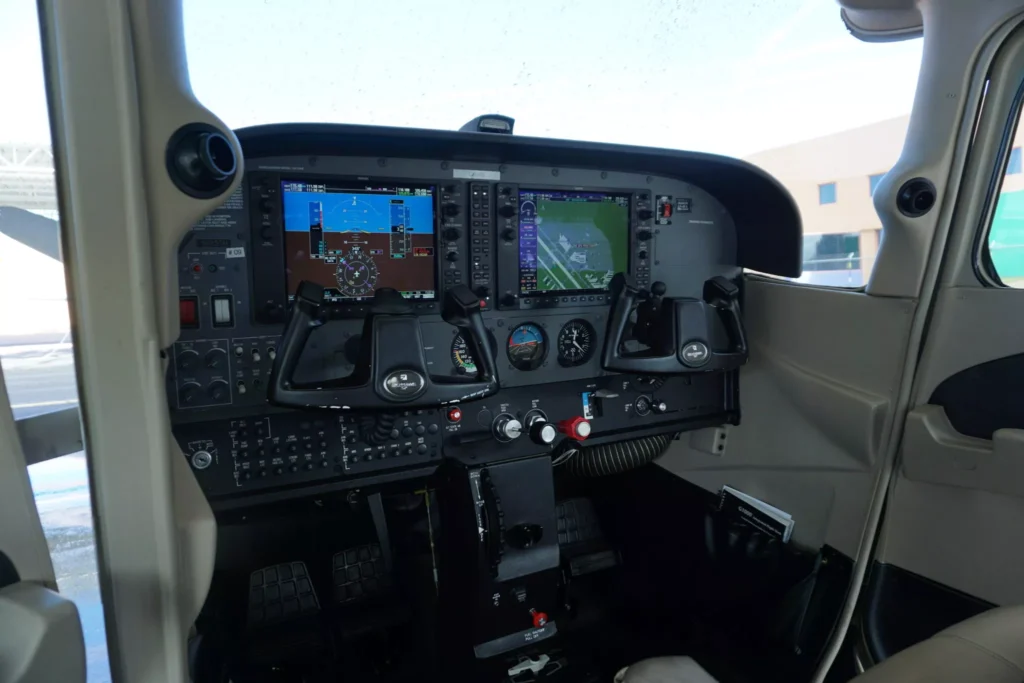
Understanding how these flight controls work together is crucial for smooth and safe flight. For example, during a turn, the pilot uses the ailerons to roll the aircraft in the desired direction while simultaneously using the rudder to coordinate the turn. The elevators are used to maintain altitude during the turn, and the throttle is adjusted to maintain the desired speed. By working together, these controls allow the pilot to maneuver the aircraft effectively in three dimensions.
The Role of Automation in Modern Flight Controls
With the advancement of technology, modern aircraft are equipped with sophisticated autopilot systems that can manage many of the flight controls automatically. Autopilot systems can maintain the aircraft’s course, altitude, and speed, allowing pilots to focus on other critical aspects of flight management. However, even with advanced automation, understanding manual flight controls remains essential, as pilots must take over in case of system failures or during specific phases of flight, such as takeoff and landing.
The Importance of Flight Controls in Different Phases of Flight
Each phase of flight—takeoff, cruising, and landing—requires precise control inputs:
- Takeoff: During takeoff, the pilot increases the throttle to maximum power, uses the rudder to keep the aircraft aligned with the runway, and lifts the nose by pulling back on the elevators to achieve lift-off. Proper use of the flight controls is essential to ensure a smooth and safe takeoff.
- Cruising: In the cruising phase, the aircraft is typically flying at a constant altitude and speed. The pilot uses trim tabs to maintain level flight with minimal control input. The autopilot often manages the flight controls during this phase, but the pilot remains vigilant and ready to take over if needed.
- Landing: Landing is one of the most challenging phases of flight. The pilot reduces the throttle to decrease speed, extends the flaps to increase lift and drag, and carefully manages the ailerons and rudder to line up with the runway. The elevators are used to control the descent rate, and the spoilers are deployed upon touchdown to help slow the aircraft down.
Challenges Pilots Face with Flight Controls
Operating flight controls requires skill, precision, and experience. Pilots face several challenges, such as:
- Crosswind Landings: Crosswind conditions can make landing difficult. Pilots must use a combination of ailerons and rudder to keep the aircraft aligned with the runway while battling the wind.
- Turbulence: In turbulent conditions, the aircraft can experience sudden changes in altitude and attitude. Pilots must make quick adjustments to the flight controls to maintain a stable flight path.
- Engine Failures: In the event of an engine failure, the pilot must use the remaining flight controls to manage the aircraft’s descent and make an emergency landing. This requires quick thinking and precise control input to avoid catastrophic outcomes.
Training and Mastery of Flight Controls
Becoming proficient in using flight controls requires extensive training. Pilots undergo rigorous training programs that include simulator sessions and real-world flying experience. These programs teach pilots how to operate the flight controls in various scenarios, from normal flight to emergency situations.
Understanding the mechanics of flight controls is also essential. Pilots learn about aerodynamics, aircraft systems, and the physics behind flight to make informed decisions while in the air. Mastery of flight controls is a critical component of becoming a skilled and safe pilot.
The Lifeline of Aviation
Aircraft flight controls are the lifeline of aviation, enabling pilots to command the skies with precision and safety. While modern technology has introduced automation to assist pilots, the fundamental principles of flight control remain unchanged. Mastering these controls is essential for anyone pursuing a career in aviation or simply interested in understanding how airplanes fly.
This simple flying guide has provided an in-depth look at the key controls that make flight possible, from the basic ailerons and rudder to advanced systems like autopilot. Whether you’re preparing for your first flight lesson or expanding your aviation knowledge, understanding these controls is the first step toward mastering the art of flying.
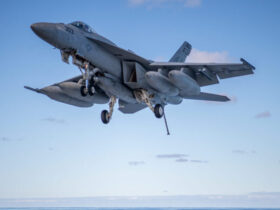
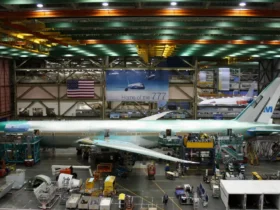


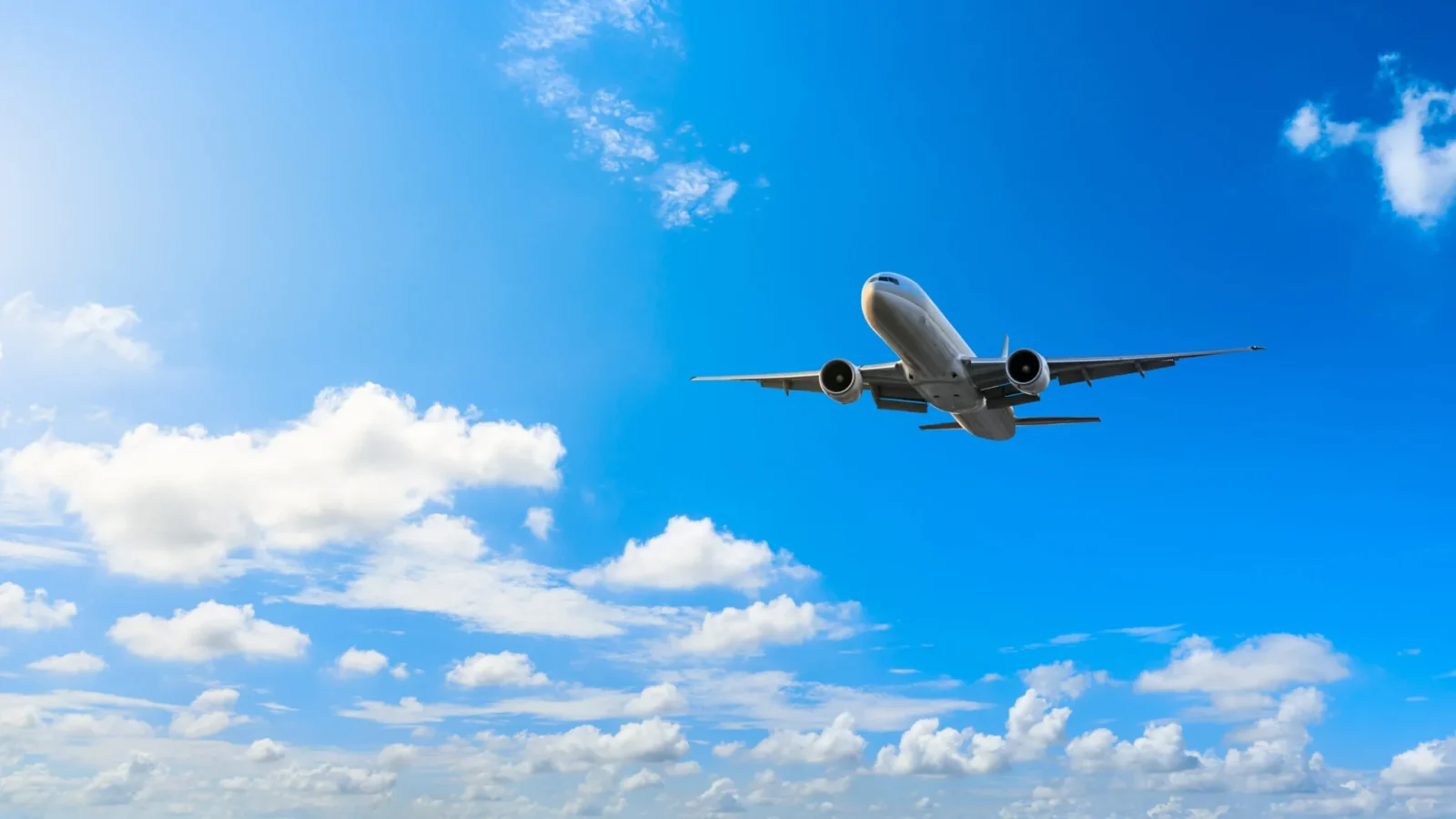
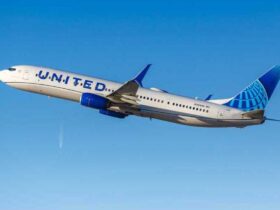



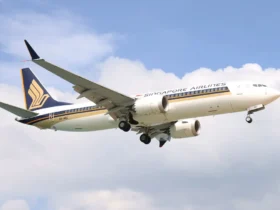

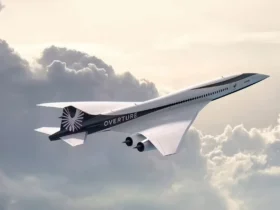
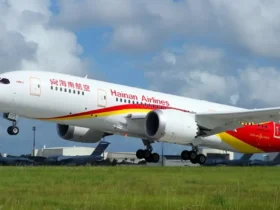
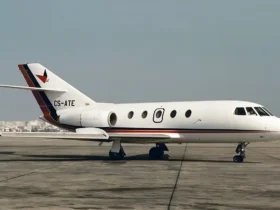
Leave a Reply